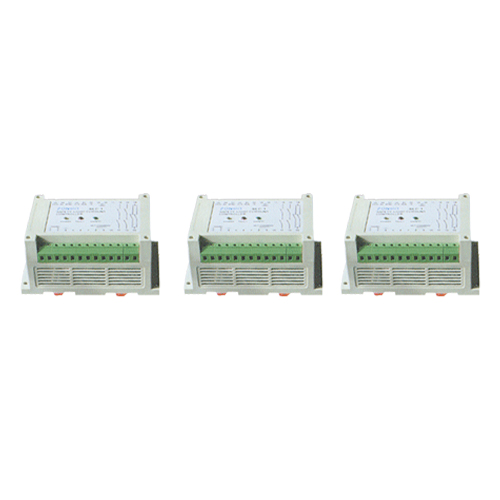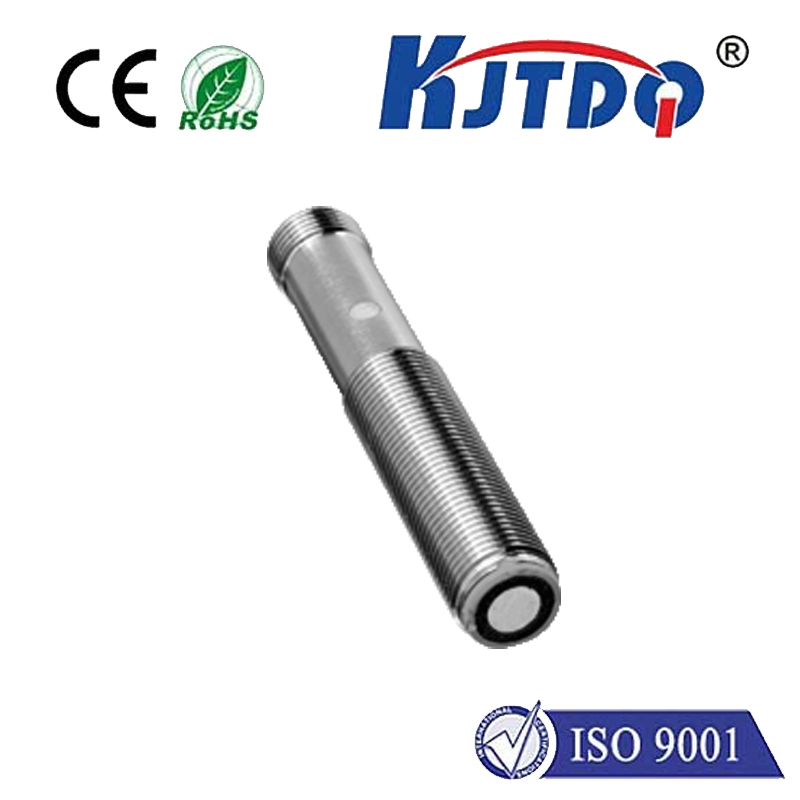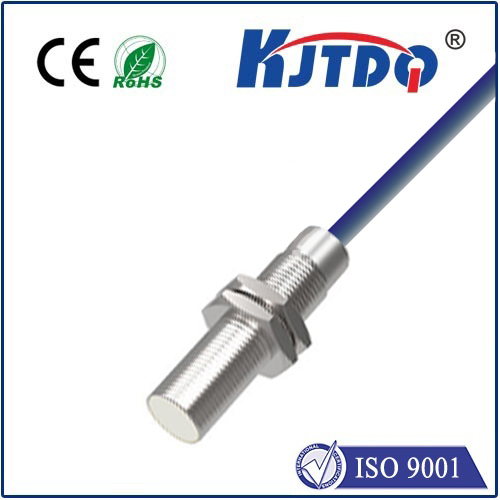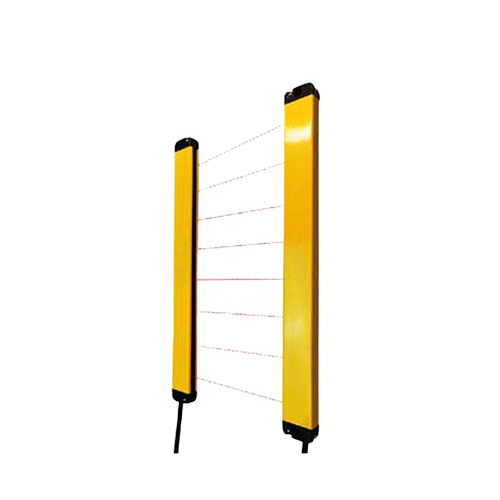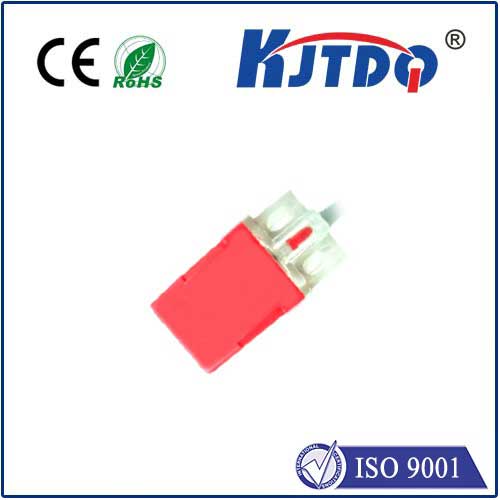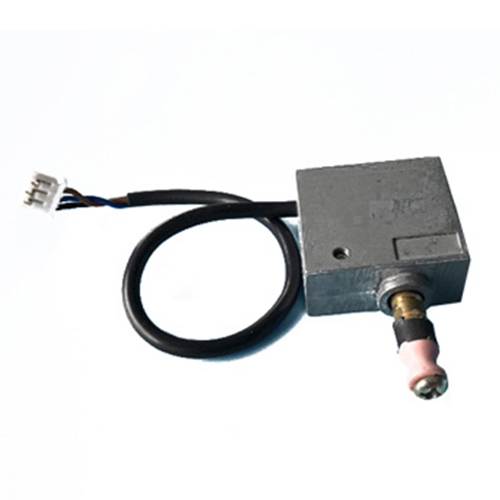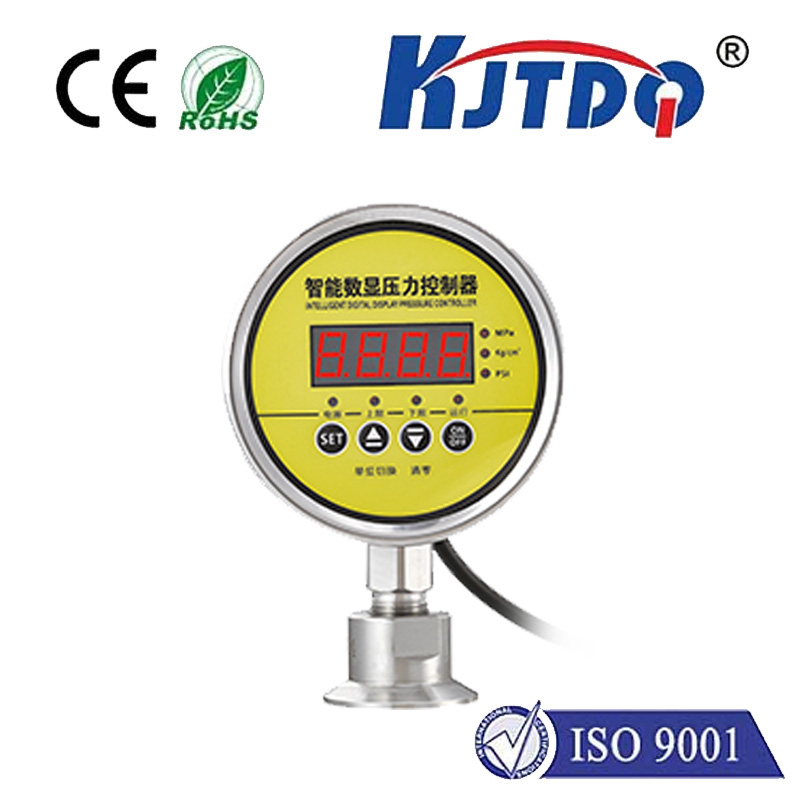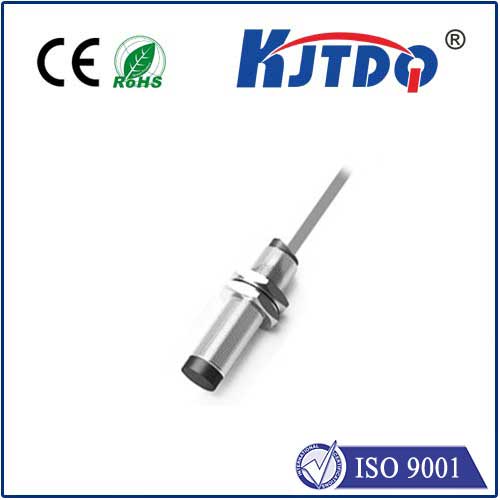low cost distance sensor
- time:2025-08-28 02:17:43
- Click:0
Low Cost Distance Sensors: Unlocking Affordable Precision for Every Project
The ability to sense distance accurately and reliably has become fundamental across countless industries and hobbies. From robotics navigating obstacles to factory automation ensuring quality control, or even a DIY enthusiast building a smart parking sensor, knowing “how far” is often critical. Yet, budget constraints frequently pose a significant challenge. This is where the world of low cost distance sensors shines, offering remarkable accessibility without completely sacrificing capability. Understanding their potential and limitations is key to integrating precise, affordable spatial awareness into your next project.
Demystifying the Low-Cost Landscape
For decades, sophisticated laser rangefinders and high-precision time-of-flight cameras represented the pinnacle of distance measurement, but their price tags placed them firmly out of reach for many applications. The democratization of sensing technology, driven by mass production and innovative designs for consumer electronics and hobbyist markets, has dramatically changed the game. Today, several types of distance sensors provide surprisingly accurate readings at price points that are genuinely accessible:

- Ultrasonic Sensors (e.g., HC-SR04, US-100): Arguably the poster child for low cost distance measurement. These sensors emit high-frequency sound pulses and measure the time it takes for the echo to return. Pros include excellent resistance to ambient light interference, decent range (typically 2cm - 4m), and extreme affordability (often \(1-\)5). Cons involve sensitivity to sound-absorbing materials, temperature variations, and specular reflections (smooth surfaces angled away). They are incredibly popular in robotics (obstacle avoidance), liquid level sensing, and basic presence detection. Their simplicity makes them an ideal starting point.
- Infrared (IR) Proximity Sensors (e.g., Sharp GP2Y0A21YK0F): These sensors work by emitting an infrared beam and measuring the intensity of the reflection (triangulation) or the time-of-flight of the light pulse (ToF variant). Infrared sensors excel at short-range detection (typically cm to a few meters), often in compact packages. They are generally unaffected by sound but can be vulnerable to ambient IR light (like sunlight) and the color/reflectivity of the target. Low-cost versions are ubiquitous in automatic faucets, soap dispensers, line-following robots, and simple object detection tasks. Crucially, true IR time-of-flight (ToF) sensors are becoming increasingly affordable, bridging the gap between basic proximity and laser-like precision at a fraction of the cost.
- Low-Cost Laser Time-of-Flight (ToF) Sensors (e.g., VL53L0X, VL53L1X): Representing the cutting edge of accessible precision, these sensors emit a modulated laser beam and precisely measure the time for the reflection to return. They offer significant advantages: high accuracy (mm-level at short range), immunity to ambient light, and insensitivity to target color or reflectivity compared to IR. While historically more expensive, units like the VL53L0X are now available for under $5, making them a revolutionary low cost distance sensor option for projects demanding higher fidelity. Applications span robotics navigation, gesture recognition, focus assist in cameras, and any scenario needing accurate, fast short-to-medium range measurement.
- Basic Photoelectric Sensors: While often used for simple presence/absence detection (beam break), reflective photoelectric sensors can be configured for rudimentary distance or object position sensing based on reflected light intensity, especially in controlled environments. Their cost is usually very low, but accuracy and reliability for precise distance are limited compared to dedicated sensors above. Think warehouse sorting gates or vending machine slot detection.
The Power of Affordability: Where Low-Cost Sensors Excel
The proliferation of these low cost distance sensors has unleashed a wave of innovation:
- Democratizing Robotics: Hobbyist and educational robots rely heavily on ultrasonic and IR sensors for obstacle avoidance and environmental interaction.
- Smart Home & DIY Projects: Building automated lighting, gesture-controlled interfaces, level monitors, or smart parking sensors becomes feasible without breaking the bank.
- Prototyping & Proof-of-Concept: Engineers and designers can rapidly test ideas and validate concepts using affordable sensors before committing to expensive custom solutions.
- Embedded Systems & IoT: Adding spatial awareness to compact, low-power devices is now economically viable, enabling smarter edge computing applications.
- Educational Tools: These sensors provide hands-on learning experiences for students exploring electronics, physics (sound/light propagation), and programming.
Choosing the Right Low-Cost Champion: Key Considerations
Selecting the best low cost distance sensor hinges on understanding your specific needs:
- Required Range & Accuracy: Is detecting an object at 10cm sufficient, or do you need millimeter precision at 1m? Ultrasonic offers good range but moderate accuracy; low-cost laser ToF offers high accuracy at shorter ranges.
- Target Properties: What is the object made of? Is it sound-absorbing (foam) or highly reflective (mirror)? What color is it? Ultrasonic struggles with absorbent materials; IR triangulation can struggle with dark or non-reflective surfaces; Laser ToF is largely unaffected.
- Environmental Conditions: Is there high ambient noise? Bright sunlight? Dust, fog, or steam? Ultrasonic is noise-resistant but affected by temperature; IR is susceptible to sunlight; Laser ToF handles ambient light well but can be scattered by particulates.
- Update Speed & Processing: How quickly do you need a measurement? Laser ToF sensors generally offer the fastest update rates among low-cost options. Consider the processing power needed on your microcontroller.
- Size & Power Constraints: For very compact or battery-powered devices, small IR or laser ToF sensors might be preferable over bulkier ultrasonic modules.
- Cost: While all fall under “low cost,” prices range from sub-\(1 for basic components to \)5-$15 for more advanced laser ToF modules. Define your budget threshold.
Beyond the Sticker Price: Implementation Nuances
Achieving reliable results with low cost distance sensors often requires thoughtful implementation:
- Calibration & Averaging: Raw sensor readings can be noisy. Implementing software filtering (like rolling averages) and calibrating against known distances significantly improves stability.
- Power Supply Stability: Ensure clean, stable voltage. Noise on the power rail can lead to erratic readings, especially with sensitive analog outputs.
- Mounting & Alignment: Properly secure the sensor and ensure it’s aimed correctly. Vibration or misalignment can cause errors.
- Environmental Compensation: For ultrasonic sensors, incorporating a temperature sensor can allow for speed-of-sound compensation, boosting accuracy.
- Understanding Dead Zones: Most sensors have a minimum measurable distance. Be aware of this blind spot.
The remarkable evolution of low cost distance sensors has transformed spatial sensing from a luxury to a readily available commodity. From the humble ultrasonic ping to the sophisticated photon-counting of modern laser ToF chips, these devices empower makers, engineers, and educators worldwide. By carefully matching the sensor type – ultrasonic, infrared, or laser time-of-flight – to the specific requirements of range, environment, target, and budget, you can integrate robust and reliable distance measurement into virtually any project, proving that precision no longer has to come at a premium. Whether automating a garage, building a navigating robot, or prototyping the next smart device, the power to accurately measure distance is now truly within reach.






